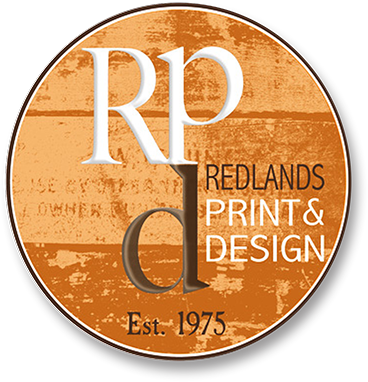If you are working in an illustration program (such as adobe illustrator or corel draw) or a photo editing program (such as adobe photoshop or corel photo-paint), we recommend that you create your document at the full bleed size.
To make your artwork full bleed size, add (1/8th) to the size of your document. Doing this will prevent any white edges from showing at the borders after the final product is trimmed.
The safe margins are borders that are definitely inside the place where the cut will take place. Please remember to keep all important information, like names, addresses, phone numbers or logos within the safe margin (at least .137” from the edge) to ensure that they aren’t cut off when your document is trimmed.
The aspect ratio of your image can be determined by dividing the image’s width by its height. If your image’s aspect ratio is not equal to the aspect ratio of our documents, your image may appear stretched or distorted when it is scaled to fit.
Resolution refers to the number of dots per inch (dpi), or the amount of detail the image has. Most documents prepared for upload should be 300 dpi at 100% of the final print size. Higher resolution means a more detailed image, and also larger file and longer upload time.
Cmyk (cyan, magenta, yellow and black) are the colors used in the printing process, whereas rgb (red, green, and blue) are the colors used by screen displays such as your monitor. Please note that jpeg files are almost always in rgb.
This is so that the colors you see on the screen match the final printed product as close as possible. If you create your document in rgb, the colors in your printed product may vary slightly. Many of the bright values produced by your monitor cannot be reproduced in print.
Text can be converted to curves (paths) in some graphics programs to fix upload errors that result when fonts are not embedded in your file. Following these easy steps will help ensure that your text prints clearly.
How do I convert fonts to outlines in steps below:
◻ select all text
◻ click:
◻ type menu
◻ type
◻ create outlines
◻ once text has a blue outline, save a copy and re-uploadadobe illustrator?
Vector images use mathematical equations to define each component of an image. This allows vector images to retain their high-quality at any size. When possible, use vector graphics created in a desktop publishing program.
A raster image is composed of a collection of tiny dots called pixels. When these pixels are small and placed close together, they fool the eye into forming a single image. Raster images work well when subtle gradations of color are necessary. However, because they contain a fixed number of pixels, one disadvantage of raster images is that their quality suffers when they are enlarged or otherwise transformed. They are also large in file size.
If you wish to use images from a digital camera before you snap pictures, make sure the camera is set at a high enough resolution to result in 300 dpi at the intended photo print size. Most cameras have various settings for resolutions. The highest resolution for your camera depends on how many megapixels it has.
The only exception to doing so is by reducing the printed dimensions of the photo after you upload it. Also, be careful when cropping a photo after it is taken, as cropping will reduce the number of pixels in the final image.
Like a digital camera, a scanner must be preset to the proper resolution before image capture. Many scanners default to 150-dpi (or spi). Set your scanner’s resolution so that it results in 300-dpi at the image’s final print size. If your resulting scanned image is smaller than the recommended size or has less dpi than you need, you should either rescan your original at a higher resolution, or use the image for a smaller printed area.
Images found on the web are typically at a resolution of 72-dpi. This resolution is much too low for quality printing. In addition, most images on the web are protected by copyright laws. For these reasons, we do not recommend using images from the web.
